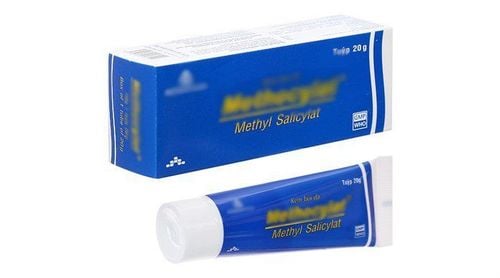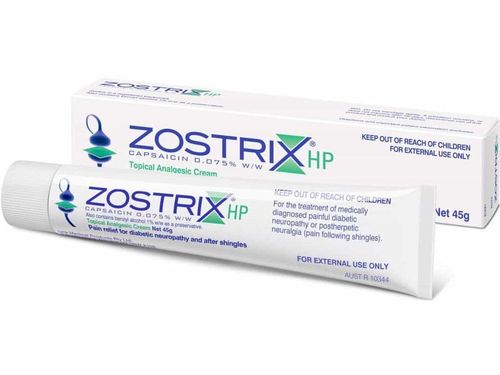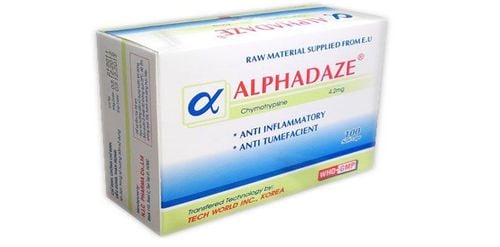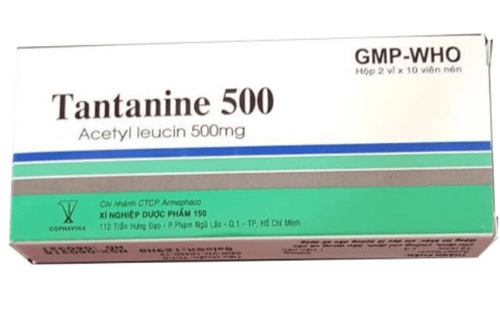This is an automatically translated article.
Biragan 650 is a competitive product with many products with the same active ingredient Paracetamol. The main effect of the drug is to reduce fever, relieve toothache, sore throat, and joint pain. So what are the uses of Biragan 650?
1. What is Biragan?
Biragan medicine is a pain reliever, antipyretic, cold, flu, joint pain, earache, sore throat, rhinitis, sinusitis, sinus due to weather infection, pain due to tooth extraction, after surgery and Many other cases of pain thanks to the use of drugs that effectively relieve pain. The drug belongs to the OTC group - an over-the-counter drug prescribed by a doctor with the composition: Paracetamol has a content of 650mg and is packaged in the form of tablets.
2. What are the uses of Biragan 650?
Biragan 650 mg tablets are indicated for use in patients to help reduce fever, reduce pain symptoms in the following subjects:
Flu, headache, flu, muscle aches with bones, sprains, aches and pains. joint. Infections in the upper respiratory tract: Ear pain, sore throat, rhinitis, sinusitis caused by infection or weather. After surgery to remove tonsils, teething, tooth extraction, toothache. In addition, Biragan 650 mg tablets are also prescribed by doctors in some other cases. Biragan 650 is not allowed to be prescribed in the following cases:
Patients with anemia repeatedly or with heart, lung, kidney or liver disease. Patients with hypersensitivity to Paracetamol. Patients with glucose-6-phosphate dehydrogenase (G6PD) deficiency.
3. How to use Biragan 650
3.1. How to use the drug Biragan 650 effective Biragan 650 mg tablet has a tablet form and is used orally. Take the drug with filtered water, do not use with coffee, carbonated alcoholic beverages. Do not arbitrarily chew or crush the tablet when taking it.
Take medicine after eating.
3.2. Dosage of Biragan 650 Dissolve the tablet in the desired amount of water until the effervescence stops. The interval between 2 doses should be more than 4 hours and not more than 8 tablets/day. Adults and children > 12 years old: take 1 tablet/time. Severe pain: adults can take 2 tablets/time. Note:
Maximum dose/24 hours: For children: take no more than 5 times/day. Self-medication should not be prolonged without consulting a doctor when: Fever is high (39.50C) and persists for more than 3 days or recurs. Pain is severe and lasts more than 5 days.
4. Side effects of Biragan 650
When taking Biragan 650, patients often experience undesirable effects as follows:
Some common side effects such as: Skin rash and other allergic reactions such as erythema or urticaria, but sometimes may be more severe and be accompanied by drug-induced fever and mucosal lesions.
Rare: neutropenia, thrombocytopenia and pancytopenia.
5. Notes and cautions before taking Biragan 650
For people with phenylketonuria - urine and people who have to limit the amount of phenylalanine put into the body should avoid taking Paracetamol with drugs or foods containing Aspartame. For some people with hypersensitivity (asthma) should avoid taking Paracetamol with medicine or food containing sulfites. Should be used with caution in patients with pre-existing anemia, impaired liver and kidney function. Excessive alcohol consumption can increase the hepatotoxicity of Paracetamol, so avoid or limit alcohol consumption. Physicians should warn patients about signs of serious skin reactions such as Stevens-Johnson syndrome (SJS), toxic epidermal necrolysis (TEN) or Lyell's syndrome, generalized pustular rash. acute trunk (AGEP). Pregnancy and breast-feeding: The safety of Paracetamol for the fetus has not been established when administered to pregnant women. Therefore, the drug should be used in pregnancy only when clearly needed. In a study in nursing mothers, the use of Paracetamol did not show any undesirable effects in the nursing infant. Driving and using machines: The drug does not affect the ability to drive and use machines. The subjects to note before taking Biragan 650: the elderly, pregnant women, lactating women, children under 15 years old, people with liver failure, kidney failure, people with hypersensitivity to any substance in the drug's ingredients... Or subjects with myasthenia gravis, hepatic coma, stomach ulcers Consider and consult your doctor or pharmacist before taking medicine for pregnant women. Mothers need to carefully weigh the benefits and risks to both mother and baby. Do not arbitrarily use the drug without carefully reading the instructions for use and instructions of the doctor to protect the mother and baby. Symptoms of Overdose: Paracetamol toxicity can be caused by a single toxic dose, by repeated ingestion of large doses of Paracetamol (eg, 7.5 – 10 g daily, for 1 to 2 days), or by oral administration of the drug. long days.
Dose-dependent hepatic necrosis is the most serious acute toxic effect of overdose and can be fatal.
Nausea, vomiting, and abdominal pain usually occur within 2 – 3 hours after taking a toxic dose of the drug.
Methemoglobin - blood, leading to cyanosis of the skin, mucous membranes and nails is a characteristic sign of acute poisoning with P - aminophenol derivatives.
In severe poisoning, there may be initial CNS stimulation, agitation, and delirium. This may be followed by central nervous system depression; stupor, hypothermia; exhausted; rapid, shallow breathing; fast, weak, irregular pulse; low blood pressure; and circulatory failure.
Clinical signs of liver damage become apparent within 2 to 4 days after ingestion of a toxic dose. In non-fatal cases, liver damage is reversible after weeks or months.
Handling Overdose: Early diagnosis is very important in the treatment of Paracetamol overdose. When intoxication is severe, it is important to provide active supportive treatment. Gastric lavage in all cases, preferably within 4 hours after ingestion.
The main detoxification therapy is the use of Sulfhydryl compounds, perhaps acting in part by replenishing the liver's Glutathion stores.
N-Acetylcysteine is effective when taken orally or intravenously. The medicine must be given immediately if it has not been 36 hours since taking Paracetamol.
Treatment with N - Acetylcysteine is more effective when the drug is given less than 10 hours after taking Paracetamol. When giving orally, dilute the solution of N-Acetylcysteine with water or a non-alcoholic beverage to obtain a 5% solution and must be drunk within 1 hour of mixing.
Give oral N - Acetylcysteine with the first dose of 140 mg/kg, then give another 17 doses, each dose of 70 mg/kg every 4 hours. Discontinue treatment if plasma Paracetamol tests show a low risk of hepatotoxicity.
If N-Acetylcysteine is not available, Methionine can be used. Alternatively, activated charcoal and/or salt bleach can be used, as they have the potential to reduce Paracetamol.
6. How to store Biragan 650
Carefully read the instructions for storage of the drug on the package and the instruction sheet for using Biragan 650. Check the expiry date of the medicine. When not in use, the drug should be collected and disposed of according to the instructions of the manufacturer or the person in charge of medicine. Biragan 650 should be stored in a dry, non-humid place at a temperature below 30°C. And avoid direct exposure to sunlight or high temperature, which can convert the ingredients in the drug
Please dial HOTLINE for more information or register for an appointment HERE. Download MyVinmec app to make appointments faster and to manage your bookings easily.













